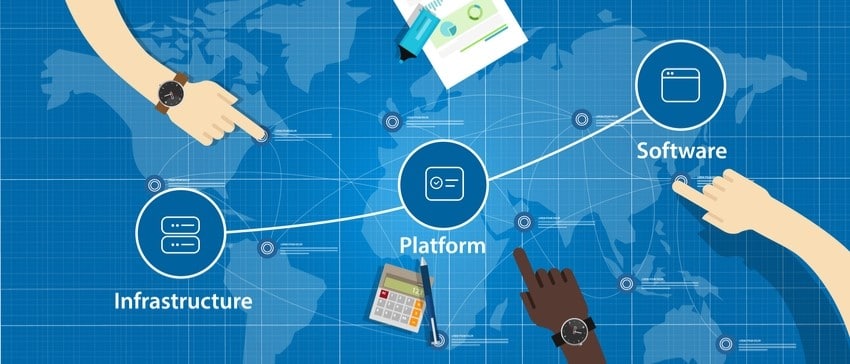Enterprise resource planning (ERP) systems are one of the organizations’ most critical tools today. Estimated to be worth more than $25 billion globally, the ERP software market is thriving – and for due reason.
According to Selecthub, 88% of companies acknowledge ERP integration as pivotal in their success with the top reasons for implementing the systems being:
· To increase efficiency – 35%
· For cost advantage – 29%
Despite these clear benefits, procurement in ERP hasn’t received as much attention as other departments like accounting, finance, and manufacturing.
That’s why in this blog, we’re going to discuss ERP procurement modules and their top 8 most useful features.
But firstly, let’s define ERP procurement modules.
What is an ERP Procurement Module?
In order to better appreciate ERP procurement modules, we have to know what ERP systems are.
ERP according to Investopedia.com is:
“…a process used by companies to manage and integrate the important parts of their business.”
This process is made possible because of ERP systems or software, which integrates the various processes within the organization.
ERP systems can have auxiliary entities that plug into them. These auxiliary bodies are what are referred to as ERP procurement modules.
ERP procurement modules are sometimes also called purchasing modules.
To give a better illustration, if the ERP system is likened to a smartphone, the modules are the different apps you can have on the phone. Each module is created with a particular business function in mind.
8 Distinctive and Useful Attributes of ERP Procurement Modules
Now that we understand what an ERP procurement module is, let us consider some of its most useful features.
Feature 1. Purchase Orders
One of the most critical features in the ERP procurement module is that of purchase orders. It allows procurement teams to place orders, specify what they need, and when it should be delivered. This request is then sent to the supplier through the system.
Feature 2. Payment Gateways
Having established payment gateways embedded into the ERP facilitates direct payment if no credit is being extended. Instead of relying on third parties to complete the transaction, everything can be done from a central platform.
Feature 3. Contract Management
One area that has been improved greatly thanks to technology is the contract management process. Gone are the days where deadlines and milestones were missed. This handy feature in the ERP procurement module ensures that accounts payable and receivable functions are clearly visible.
Feature 4. Vendor Directory
Organizations deal with scores of vendors on a monthly basis. Keeping tabs on everyone and what’s happening can be a nightmare without a dedicated feature in the procurement in the ERP system. Thankfully, the integrated supplier directory or database assures an orderly record of each supplier along with their contact information and business details.
Feature 5. Sourcing Network
Part of the efforts made during the seven-step strategic sourcing process center around building a qualified network of trusted, reliable vendors. Having such a resource makes searching for ideal suppliers easier further down the road. No longer will sourcing teams have to continuously issue out RFIs. Owing to this very useful feature, teams can simply look within their sourcing network to match with a supplier.
Feature 6. Risk Management
If there is one takeaway lesson the coronavirus pandemic taught procurement teams, it’s the need to have several places to source products and or services. It’s simply a good business practice as well as a key element of risk management.
Feature 7. Vendor Audits
How can you assess whether or not you’re getting the best in terms of your products and or services without auditing your suppliers? Having an auditing feature in the ERP procurement module encourages vendors to be wary of their performance so that expectations are met and fulfilled.
Feature 8. Vendor Relationship Management
Within the ERP procurement modules, sourcing teams and vendors have dedicated platforms on which they can communicate effectively. This is extremely helpful and keeps communication centralized. Making it easy to retrieve, file, and record conversations.
Conclusion
If you’re looking for ways to automate the procurement process, reduce error, and free up procurement team members’ time so they can focus more on strategy then you can’t afford to overlook procurement in ERP.
ERP procurement modules are pivotal in supporting back and front office functions.
For robust procurement solutions contact us to talk to a consultant or to see our various digital solutions in action.










